When somebody says Kota Kinabalu, the mountain would of course come to mind. I mean, apart from the many other natural wonders of Sabah, hiking or at least seeing Mount Kinabalu has got to be one of the primary must-dos for travelers. Given its iconic status, I was thrilled when I saw in our itinerary that we were driving to Kinabalu Park. Read more…
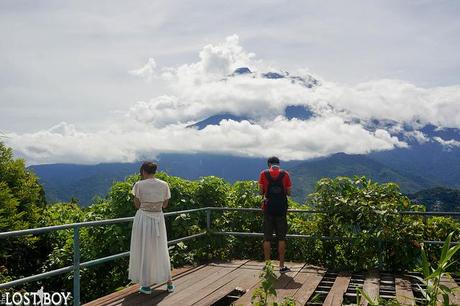
Following our tour program, we woke up early to prepare. Somewhat sleepless due to excitement, I was able to sleep inside our van, so I was groggy when our guide woke us up for first stop. He said something about toilets, so I assumed that we were stopping there just for a break. I would later find out though why we were in Gerai Pekan Nabalu.
Gerai Pekan Nabalu looks like a typical rest stop, complete with a cafeteria and a number of souvenir shops. But beyond the tourist establishments is a lookout point for Mount Kinabalu. I was suddenly jolted with energy—I felt the same when I first saw some equally iconic spots to me like the Mayon Volcano in Bicol and the Maria Cristina falls in Iligan.
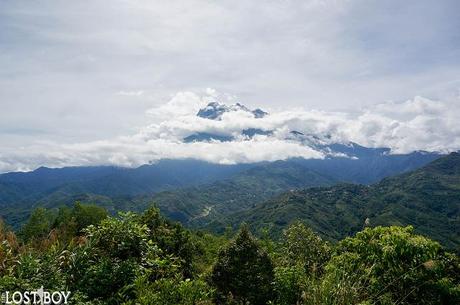
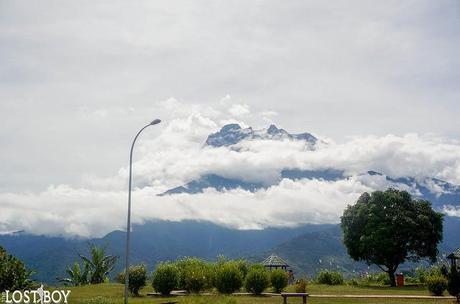
Mount Kinabalu, rising at an elevation of 4095 meters, is the tallest mountain in all of Borneo and Malaysia. The website Peaklist.org names it the 20th most prominent peak in the world due to its characteristic topography. Here’s an amateur panoramic shot of the mountain:
But apart from the stunning views, what makes Mount Kinabalu and the park surrounding it even more noteworthy is the outstanding biodiversity. This is the very reason why the UNESCO inscribed the park into their World Heritage List with the following justification:
Criteria (ix) and (x): The site has a diverse biota and high endemism. The altitudinal and climatic gradient from tropical forest to alpine conditions combine with precipitous topography, diverse geology and frequent climate oscillations to provide conditions ideal for the development of new species. The Park contains high biodiversity with representatives from more than half the families of all flowering plants. The majority of Borneo’s mammals, birds, amphibians and invertebrates (many threatened and vulnerable) occur in the Park.
After our stop Gerai Pekan Nabalu, we drove past majestic views along the upland roads of Kundasang in Ranau, Sabah. I got lost in the beauty of the scenery and freshness of the breeze that I was surprised we were already at the gate of Kinabalu Park.
Our guide told us that those wishing to climb Mount Kinabalu must arrange their trips preferably six months in advance, as the government only allows a number per day. Sources I read online say that while a hike to the top and back can be done in four hours, typical itineraries are programmed to be overnight with a stopover in Laban Rata. Everyone who is reasonably fit may do an attempt, as typical climbs need no mountaineering skills.
Since climbing wasn’t in our itinerary, I dressed up for the day in flip-flops and a cotton tank. We still did some hiking though, along the Silau Silau Trail en route to Mount Kinabalu Botanical Garden. At least I could say I’ve somewhat been to the mountain.
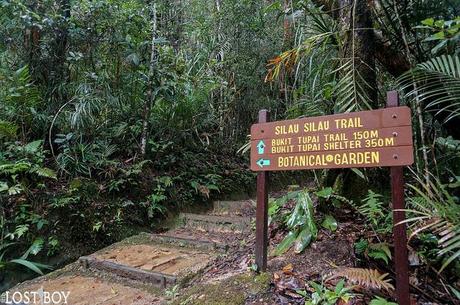
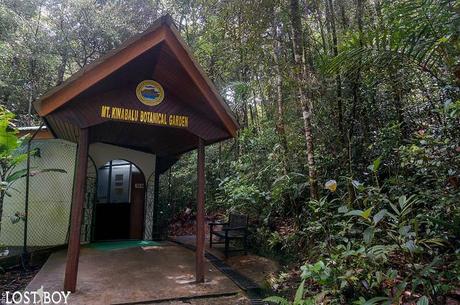

After the short hike amidst lush greenery, our guide started to show us around. It was a blessing that he knew a lot about plant taxonomy, particularly of orchids (family Orchidaceae), because he was able to tell us which ones were rare, native, and endemic.
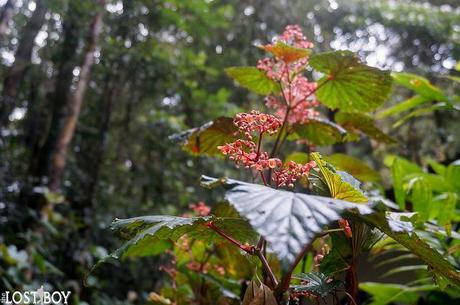
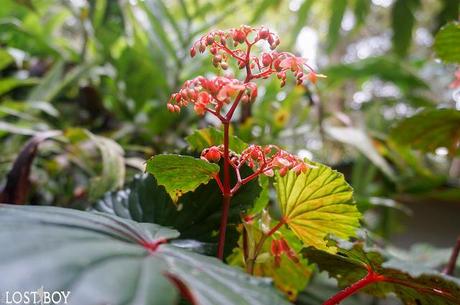
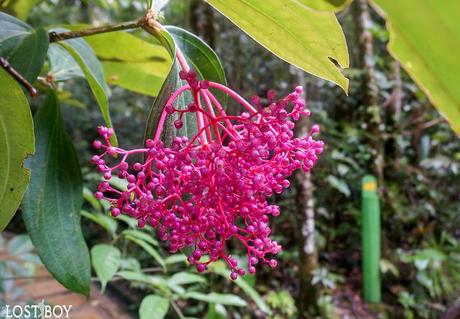
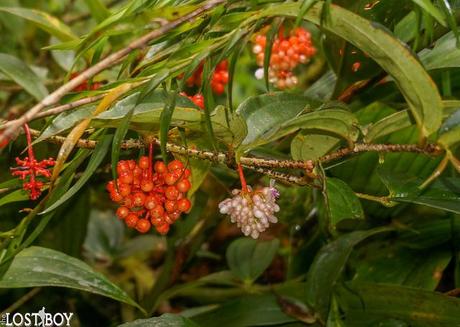
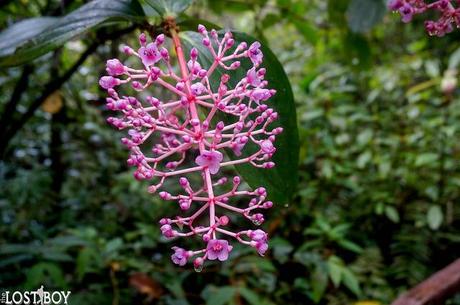

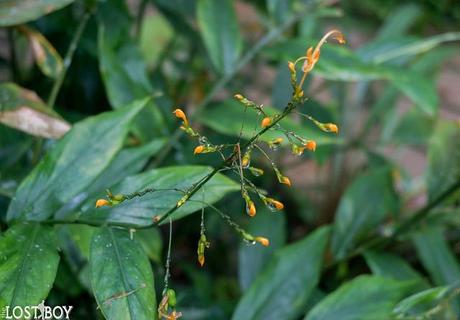
Pardon me for forgetting the families, genera, and species of plants he showed us, but he pointed to us a good number of orchids, of which some had the smallest flowers I’ve seen. We likewise saw some pitcher plants that are fascinatingly prey-trapping and carnivorous.
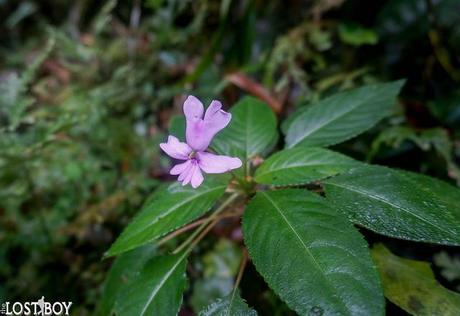
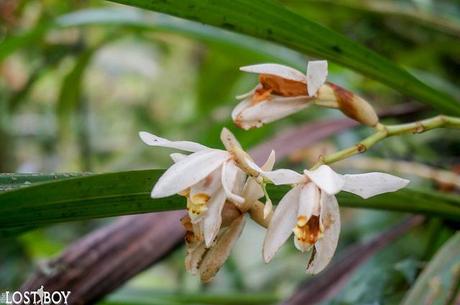
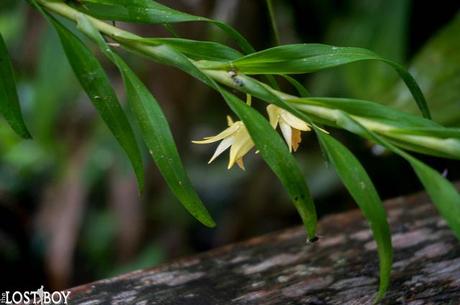

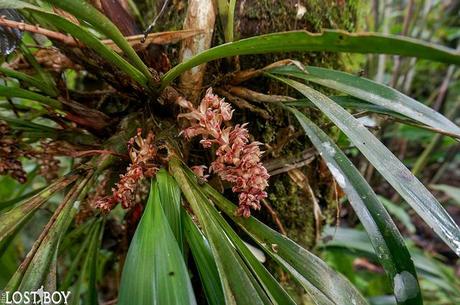
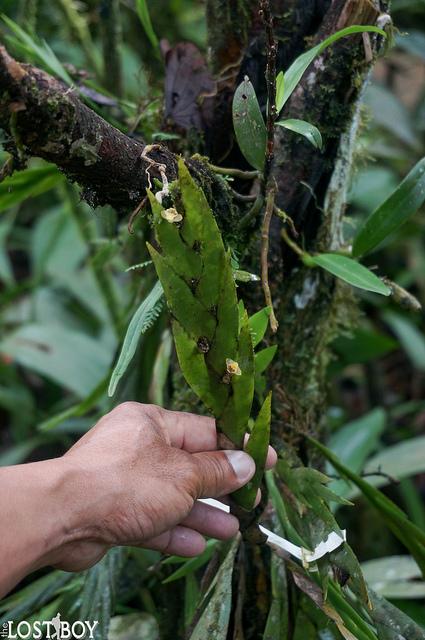
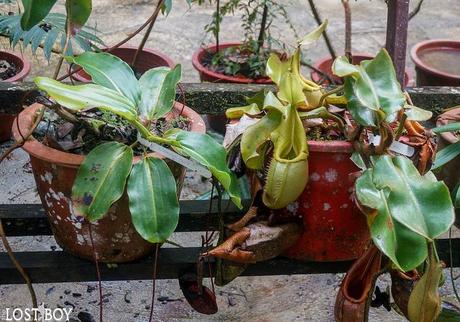
As the Center for Plant Diversity in Southeast Asia, Kinabalu Park, according to Sabah Tourism Board, is home to more than 5,000 vascular plant species, an estimated 1,000 orchid species, 621 fern species, nine Nepenthes species, 29 Rhododendron species and two Rafflesia species. For its faunal diversity, the park hosts 90 lowland mammal species, 22 montane mammal species, 21 bat species, 326 bird species, 62 toad and frog species, and a great number of the 850 butterfly species in Sabah. Lastly, birdwatchers can marvel at 17 endemic species that live exclusively at the mountain, including the red breasted tree-partridge, crimson-headed wood-partridge, and the mountain blackbird.
How to get there: From Kota Kinabalu’s city center, there are public minivans, buses, coaches, and shared taxis headed for Kinabalu Park. Buses headed for Ranau, Sandakan, or Tawau also pass by the park’s gate. For rates and more information, check out www.mountkinabalu.com.
 Next year will be Visit Malaysia Year 2014 with the theme, “Celebrating 1Malaysia Truly Asia.” Visitors can expect a series of year-long special events and activities. For more updates on VMY 2014, check out tourism.gov.my and like Tara Na Sa Malaysia on Facebook.
Next year will be Visit Malaysia Year 2014 with the theme, “Celebrating 1Malaysia Truly Asia.” Visitors can expect a series of year-long special events and activities. For more updates on VMY 2014, check out tourism.gov.my and like Tara Na Sa Malaysia on Facebook.

